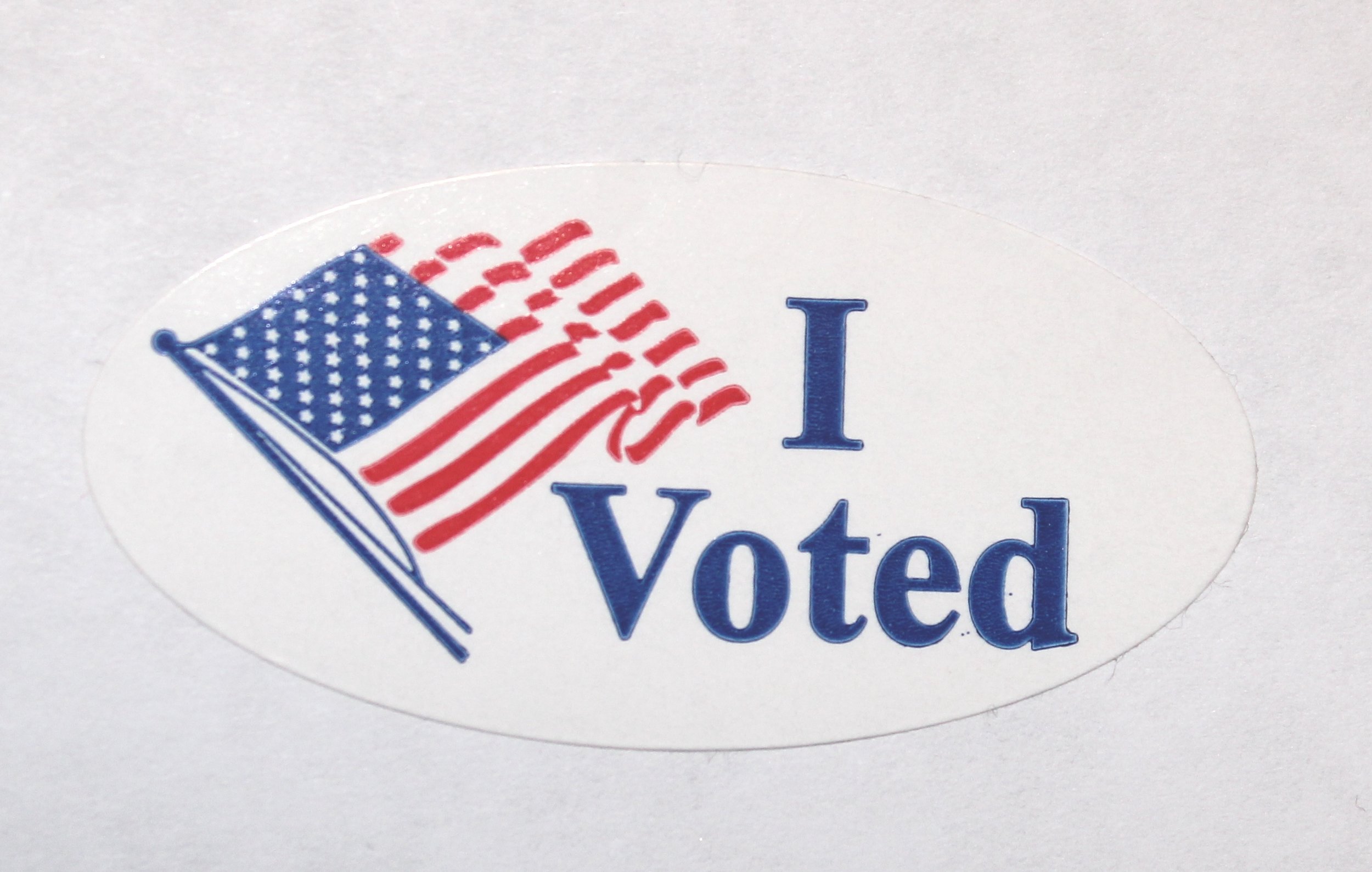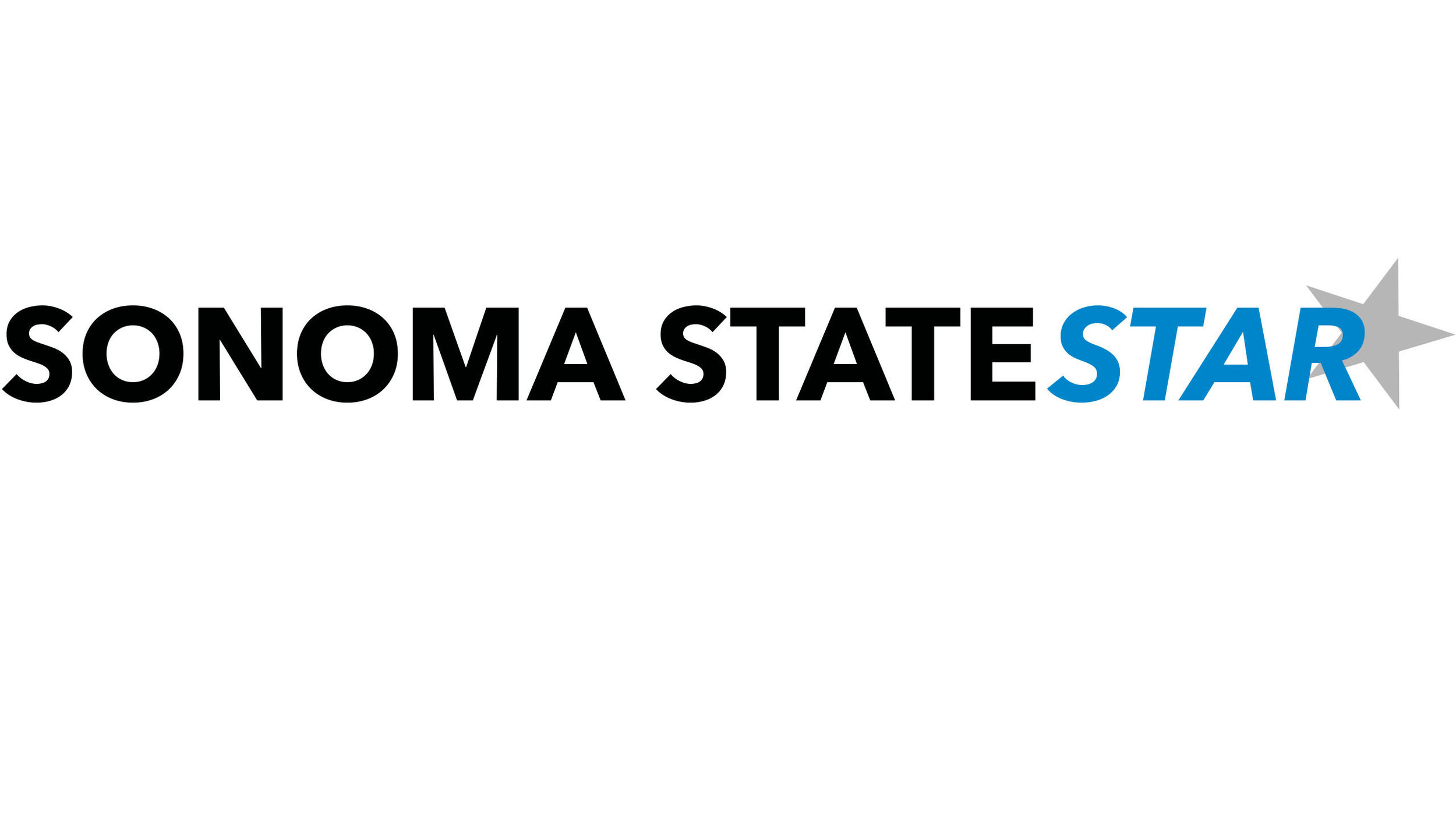Sonoma State University’s Counseling and Psychological Services department (CAPS) has been made a catch-all for students struggling with their mental health but multiple students perceive CAPS as a performative band-aid. While there are numerous students with CAPS success stories, there are also many students who feel they were allowed to slip through the cracks of the mental health system leaving them worse off than before.
This was the case for a now second year communications and media studies student. At the end of the Fall 2021 semester, the student was at an all time low with their mental health so they turned to CAPS. “I had high hopes going in, just relieved I’d have someone to talk to about what I’d been going through, but my counseling session went horribly. I talked to her about how depressed and upset I was and she said that in this one session I’d have to pick one thing to discuss and we’d resolve it by the end. Not only was I limited, that one issue did not get ‘resolved’,” the student said.
The student left the session visibly upset and feeling mentally worse off than when they’d gone in. “No one reached out about another session, no referrals for long-term therapy or a therapist in the area were made. I was left completely alone to deal with my mental health. It’s such a shame because therapy outside of the school even with insurance is often unaffordable to the point that people don’t seek treatment. And the resources that we have here free to us (that we pay for with our tuition) are not helping. I have hope for CAPS at SSU but they need to wake up and realize that serious reform needs to happen,” they said.
In an email exchange with the STAR, Andrew Kerlow-Myers, Ph.D., CAPS Clinical Coordinator & Licensed Psychologist wrote, “We sometimes do brief periodic check-ins with students in concurrent therapy just so they feel they are connected to someone here on campus who could help them in a crisis.” Unfortunately, the sophomore communications student didn’t receive these check-ins.
Another student explained that the negative experience of a former roommate has dissuaded them from considering turning to CAPS themself. Third-year business major Mark Oshiro explained that their former roommate had turned to CAPS at a difficult time. Initially, CAPS was helpful, but eventually the roommate began to feel harassed by the service. Oshiro said, “Because my roommate didn’t pick up their call, CAPS sent someone over to my dorm even though my roommate clearly told them he wasn’t gonna be home. After hearing how invasive they were I was like, fuck, then I ain’t gonna go to them if I need help.”
Fourth year sociology student Ryan Harris described their experience with CAPS as complicated. Harris met with two separate therapists during his time with CAPS and while he did feel they helped, he felt frustrated with the service’s policies. Previously, Harris had been seeing a therapist through Kaiser but at the time, wait times were long and he needed immediate help. “Even after I told the therapist wait times through Kaiser suck and I didn’t want to wait six weeks to talk to someone, she told me the allowed amount of sessions I could have was cut in half. It was something about their increased demand I believe. It was kind of a ‘your next one will have to be your last’,” Harris said. As soon as CAPS found out Harris had the opportunity to see a therapist through Kaiser, despite the lack of convenience or unrealistic wait times, the amount of sessions he was allowed was cut leading Harris to feel cast aside.
According to CAPS, if a student has an ongoing relationship with an external therapist, the standards of the field state that they should not provide therapy to a student. Kerlow Myers wrote, “If a student will not be able to have appointments with their home therapist during the semester, they can have individual therapy here (sometimes we will need to consult with their home therapist to ensure they are in agreement).” However, many SSU students, like Harris, have been diverted away from CAPS and instead toward those other services, despite the student not currently receiving external treatment.
The CAPS website explains the number of individual therapy appointments a student is entitled to is ‘limited’ because CAPS operates on a short-term model. CAPS determines the amount of sessions a student can be allotted based on what they deem they think the student needs, how much they want services, and their available resources. “Clinicians often have a discussion with students about session expectations at their first appointment, unless the student is in crisis in which case other topics take priority,” Kerlow-Myers wrote.
It appears this short term model leaves many students feeling discarded, however in true crisis situations it’s effective.
Senior history major Elysha Ozanian got the help she needed when she turned to CAPS. “During spring semester I had a really hard time and found myself on the door steps of CAPS in tears. From the woman who helped me get a same day appointment to the man who helped guide me to the appropriate level of help after our appointment I am so thankful for the CAPS team on campus,” Ozanian said.
During the COVID-19 lockdown, CAPS was the only form of counseling fourth-year communications student Ana Fingerson could get. “I was already super limited because of my insurance but in desperate need of just talking to a professional. Thankfully, I had CAPS who also gave me resources while I sought out a better fit,” Fingerson said.
Alexandra Troia, fourth year early childhood studies major, had a similar experience to Fingerson where she received help from CAPS during COVID. Troia adored their therapist, who was knowledgeable about the areas she needed help. It was a perfect match. Troia said, “I learned a lot about how to cope with my experiences, and it felt like I was really cared about and prioritized so I feel lucky on that end for sure!”
Troia’s only complaint about CAPS was consistent with the complaints from other students, that sessions are limited and communication about the limits can be lacking. Troia was informed of the session limit after she’d already begun therapy. “I found out after a few sessions that there was a limit, the therapist told me that they were just starting the limit because they were having an increase in students seeking out Services. She did however allow me to keep going with our schedule because I was not aware of this when we started so I got some extra sessions. The process of finishing my sessions was a little abrupt and I didn't get much of a follow-up from her after,” Troia said.
Kerlow-Myers explained in the email that SSU clinicians have served 403 unique students, for a total of 1463 individual and group therapy appointments. Additionally, CAPS’ most recent annual satisfaction survey found 96% of student respondents felt their counselor demonstrated care, concern, and respect for them. The surveys also revealed 91% of respondents would recommend CAPS services to other students.
Addison Smith, a former news reporter for the STAR, heard some interesting insights in interviews with students while researching for an article during the Fall 2021 semester. “A lot of people I talked to said they just kind of clicked through their surveys so I don’t know how accurate those stats are,” Smith said.
While CAPS has provided fulfilling services to some students, there appears to be a disconnect with the department's perspective towards struggling students. This disconnect has led to worsening mental health and stress in many cases and considering $66 of every SSU student’s tuition pays for CAPS services, no students should be in a position where they feel they can’t get help or talk to someone.



















